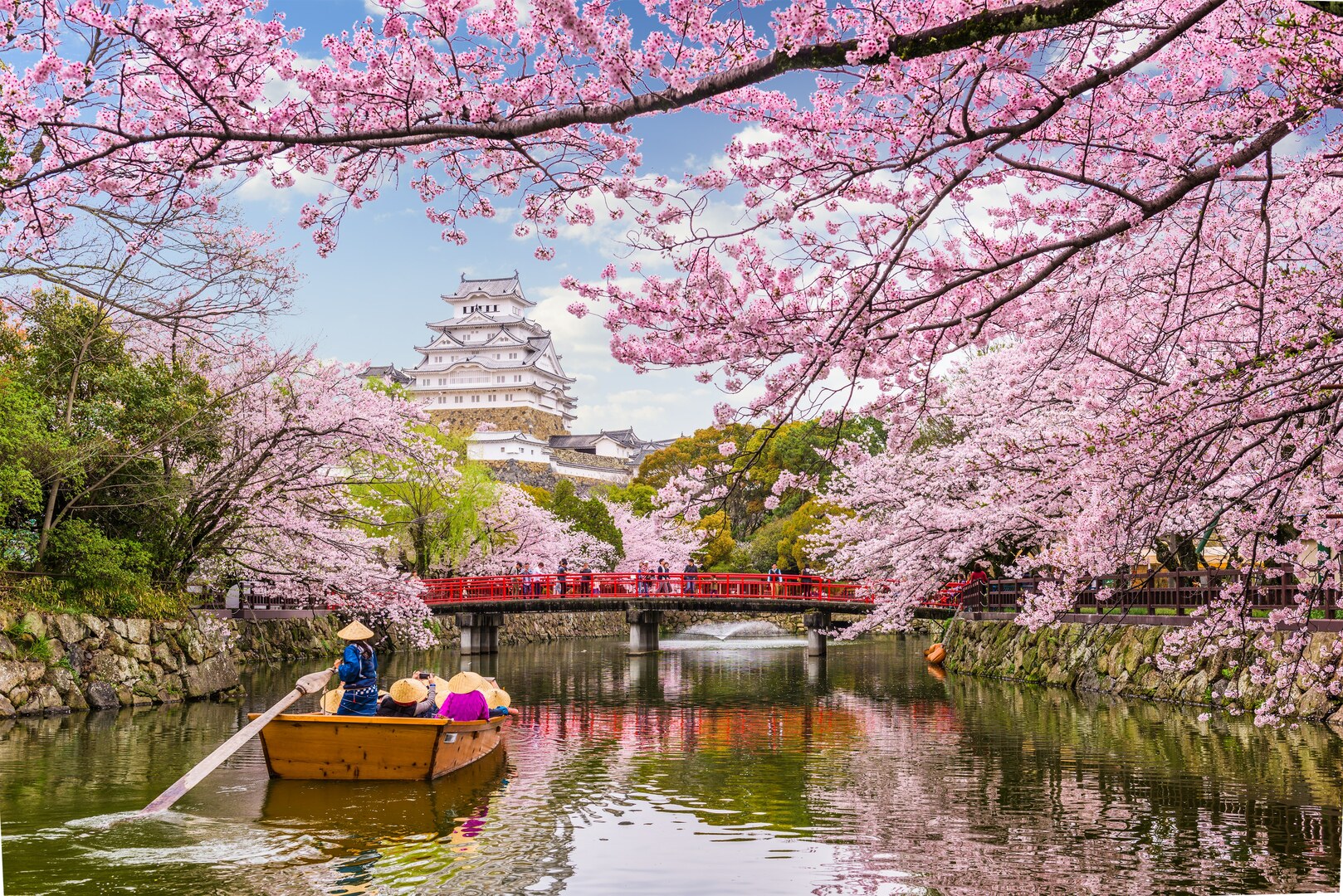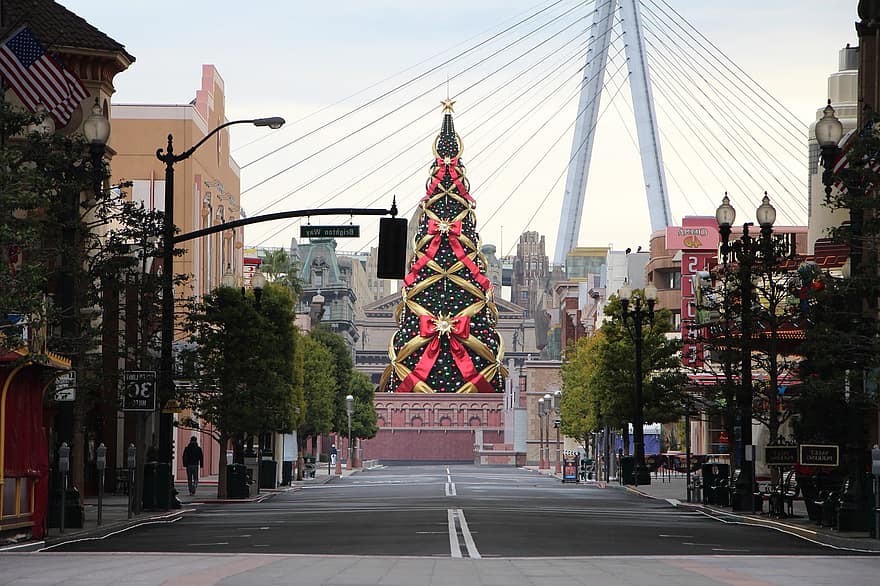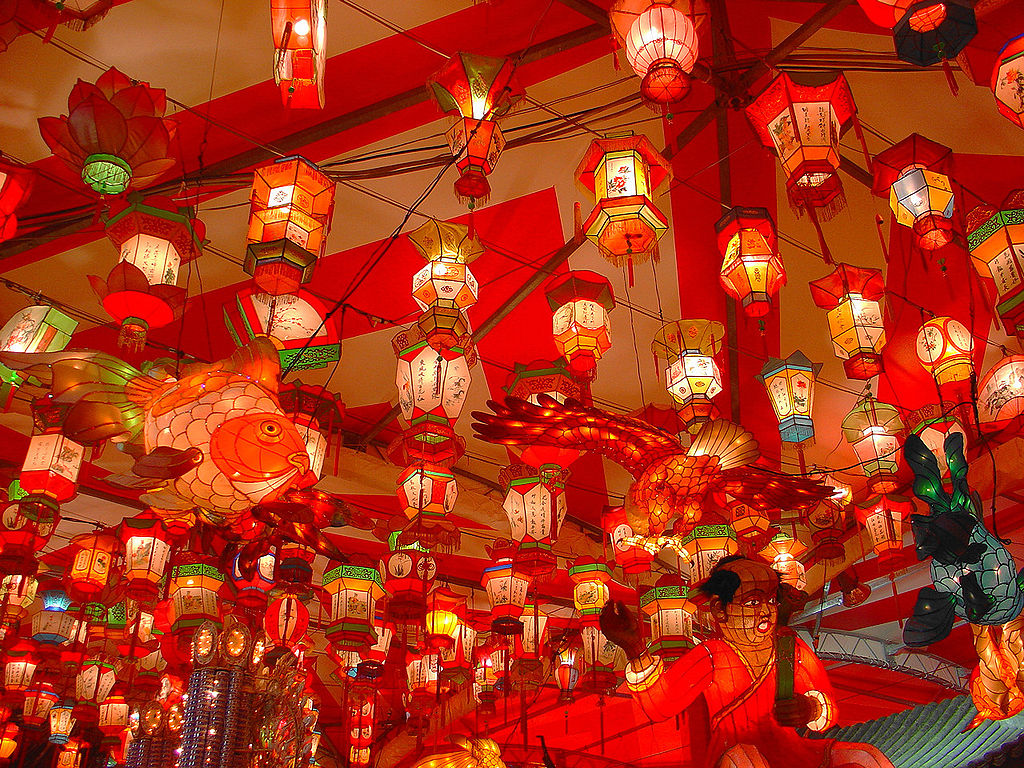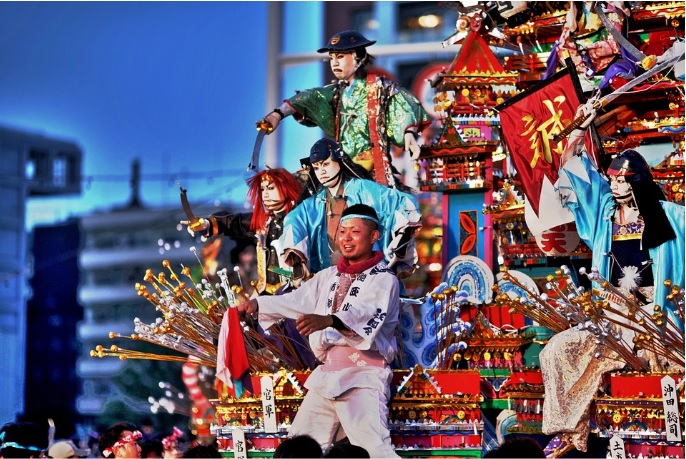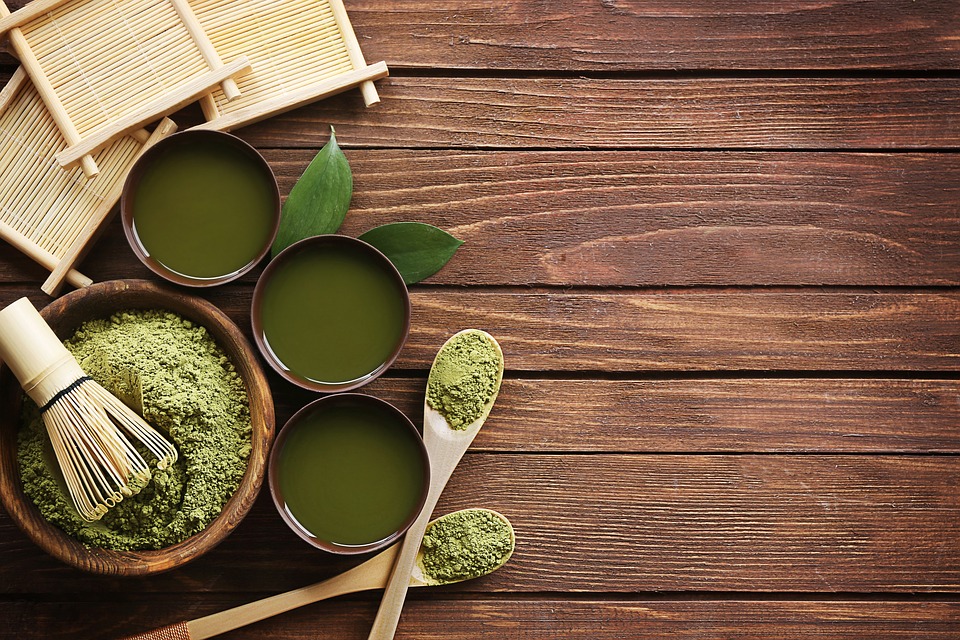
Matcha is a world-class premium grade of tea. Matcha comes from the word, cha which means tea, and ma which means powder. Matcha literally means powdered green tea. Matcha green tea is a known superfood because of its lack of processing. It is the healthiest form of tea. It is also the most potent green tea in the world because it is ingested in powder form, instead of loose leaves.
The Japanese revered the high quality of matcha so much that in ancient Japan, it was considered a symbol of prestige. It was produced in such small quantities that only people of high social status can drink it. It was even dubbed as the “elixir of the immortals” by Eisai, the Buddhist monk who introduced the matcha variety and the Rinzai Zen philosophy to Japan.
Who are the “immortals” worthy enough to drink this elixir?
The Heavenly

Buddhist monk Eisai Myoan.
The Japanese Buddhist monk Eisai Myoan brought the matcha seedling from Sung dynasty China when he went there to study Zen Buddhism. Aside from establishing the first ever Zen temple in Japan, Eisai also introduced Chinese methods of preparing tea. He shaped the etiquette of the chanoyu, the famous Japanese tea ceremony.
He encouraged the cultivation of tea trees. He planted the first tea plants in the garden of Kennin-ji, the Zen temple he established in Kyoto, Japan. Today, Kyoto, along with Aichi, is one of the two districts in Japan that produces the finest quality of matcha.
In his book, Kissa Youjouki (Book of Tea and Mulberries), he tied matcha to longevity. The Zen Buddhists found that drinking this tea before their afternoon meditations brought them a greater sense of clarity and well-being. They were able to focus and maintain a high level of sustained energy throughout the afternoon. Matcha became the ceremonial tea of the temple high priests. His efforts launched matcha in Japan on a large scale, and the consumption of this elixir proliferated throughout the nation.
The Wise and the Noble

Emperor Saga.
The benefits of the elixir also became widespread as the tea started to reach every corner of Japan. It soon reached the nobility and the royal family.
In the year 815, the 52nd ruler of Japan, Emperor Saga visited the temple of Bonshakuji in the old Japanese provice of Omi (now known as the Shiga Prefecture), and the monk Eichu invited him to his temple and served him sencha, a variety of tea where the full leaves of the tea plant were steeped in water. As a result of this experience, Emperor Saga encouraged the spread of tea by demanding provinces in the Kinki region around Kyoto to grow the plant. It was mostly grown for medicinal purposes, mostly to be used by the noble class.
Eventually, drinking tea became a popular pastime in Japanese intellectual circles.
The Mighty

Tokugawa Ieyasu, the first shogun of Tokugawa.
It did not stop there. The superb benefits of the drink also tapped the then soldiers of Japan.
The Shoguns, or the Japanese military rulers, also came to believe the benefits of matcha as the tea gave them extra sustained energy and mental acuity for the battle field. Matcha then became the ceremonial drink of the warriors, including the samurais, before going into battle.
The Green Elixir

People saw that the matcha was a symbol for rising above one’s station. It was considered a prized cultural possession. In order for commoners to enjoy this revered tea, Sogen Nagatani invented the “uji” green tea processing method for a more efficient process of creating matcha. His efforts were not wasted because presently, Japan boasts of all kinds of matcha-infused food. In Kyoto, the Kyoto Century Hotel opened the MATCHA Sweets Garden Buffet which serves almost a hundred matcha-infused desserts and drinks. Other food like ochazuke and green tea coke are unique in Japan.
Today, matcha is not just a medicinal herb or ceremonial tea reserved for the immortal and god-like. It is now enjoyed by various groups of people all over the world in various forms.
SOURCES
